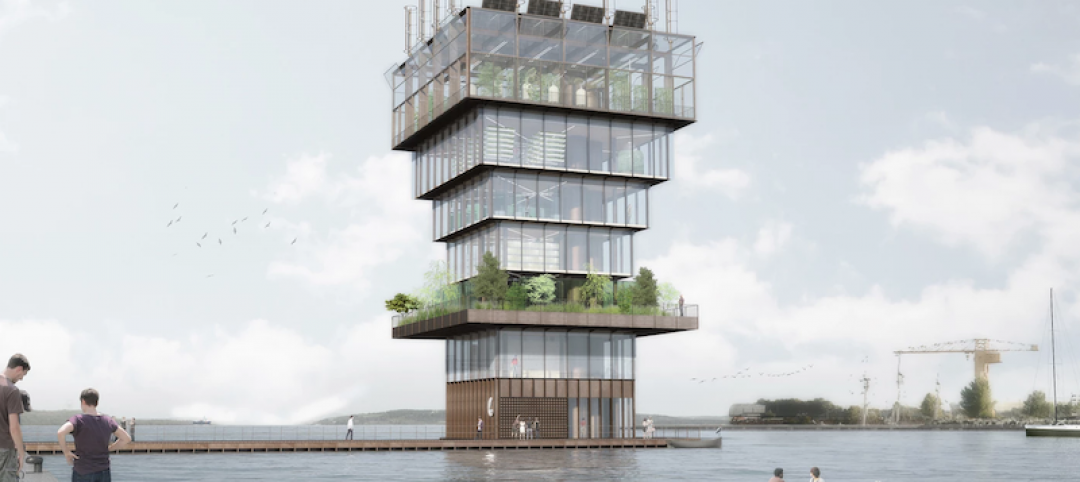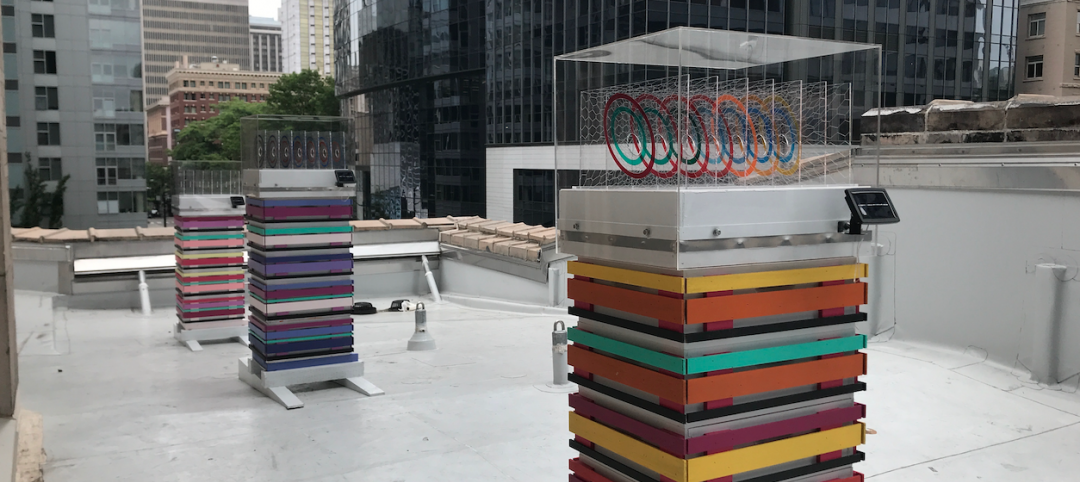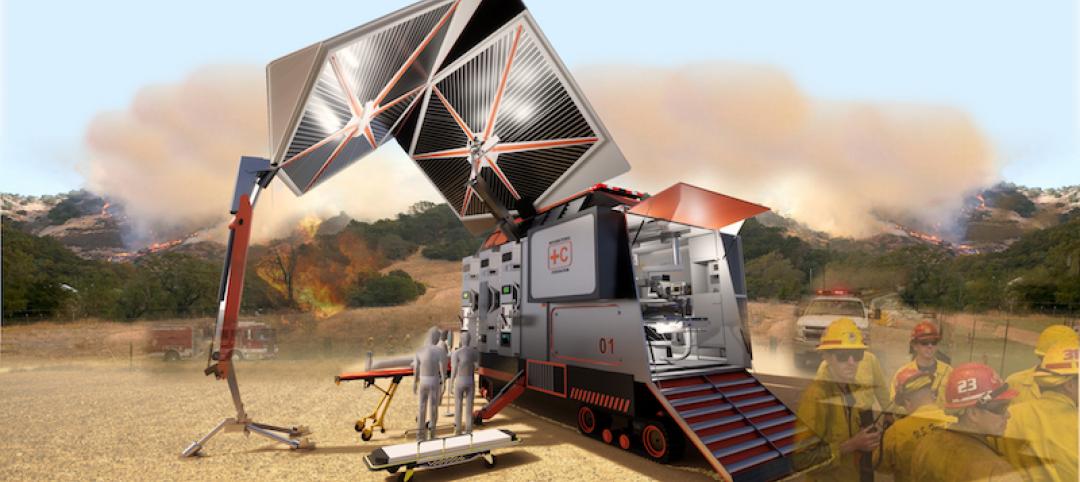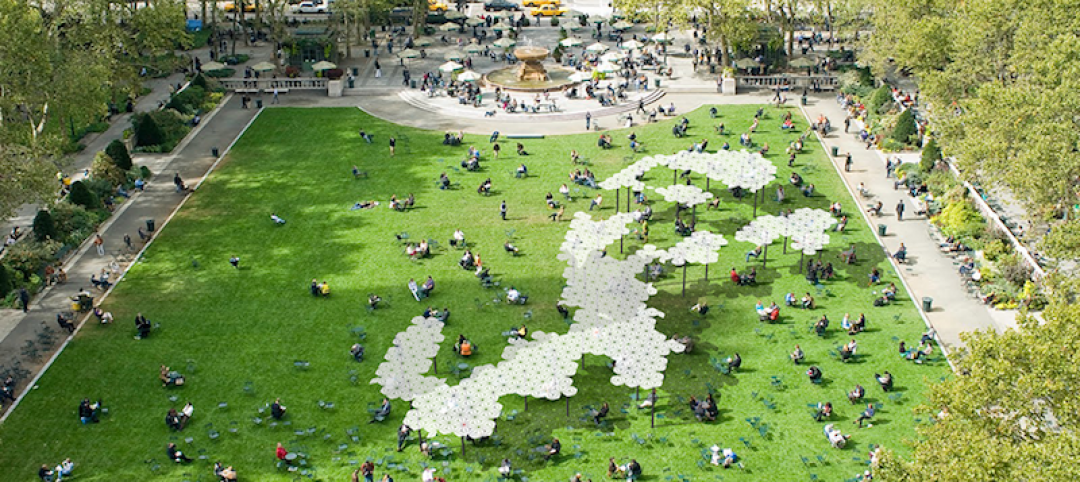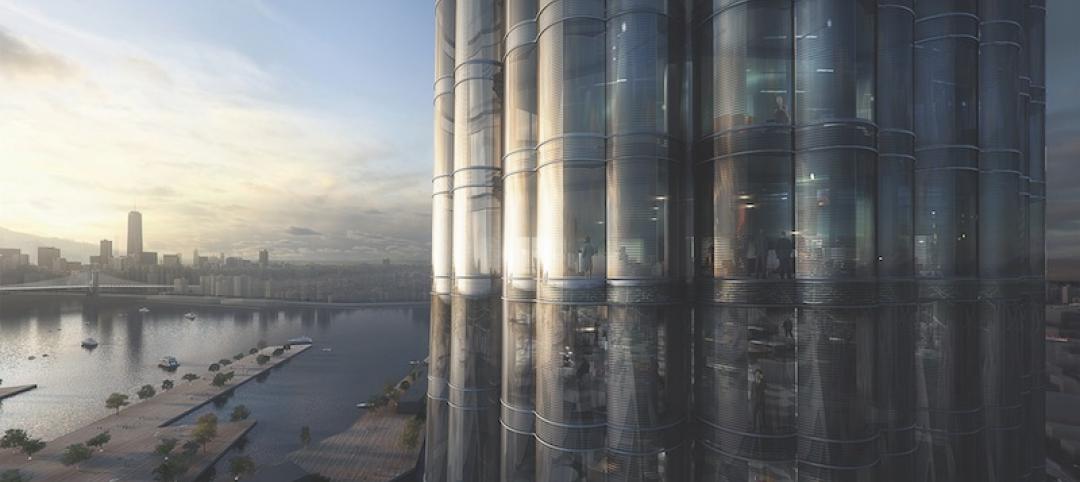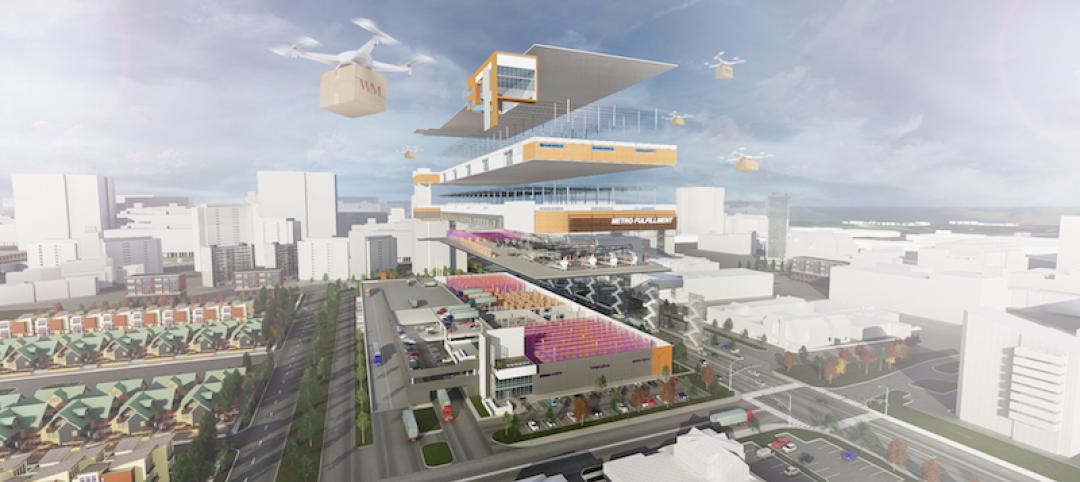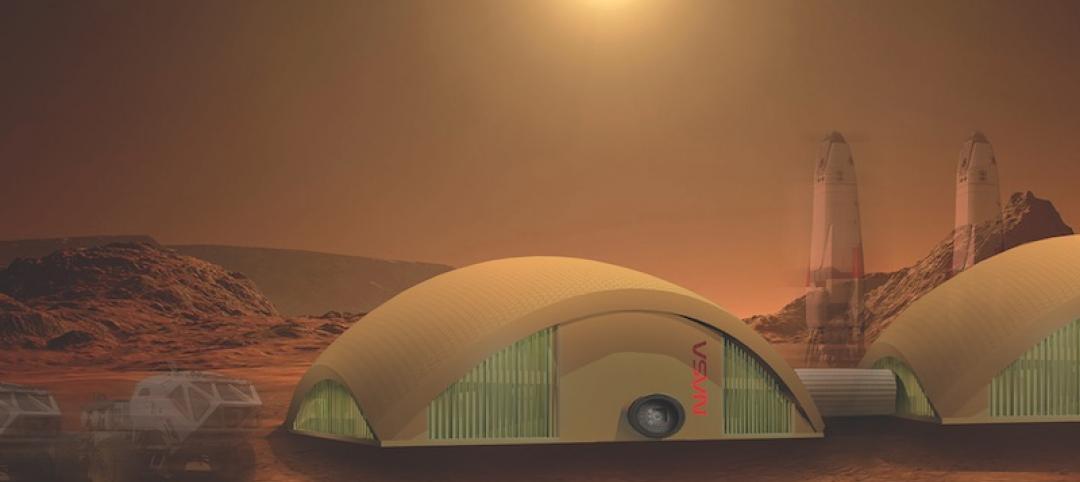There are three things that are certain in life: death, taxes, and employees being uncomfortable with the ambient temperature of their offices. While some reach for Sherpa-lined blankets and cups of hot tea, others work up a lather that would give Paul Newman in “Cool Hand Luke” a run for his money. Not only is it difficult to find a temperature where everyone is comfortable, heating and cooling a building is also costly.
But what if you could heat the individual building occupants instead of the building itself? Not only would everyone be more comfortable, but it would also present an opportunity to conserve energy.
New wearable technology from Embr Labs, known as the Embr Wave, gives each wearer direct control over their own temperature. It utilizes the human body’s natural response to temperature to provide thermal relief by warming and cooling the user’s wrist.
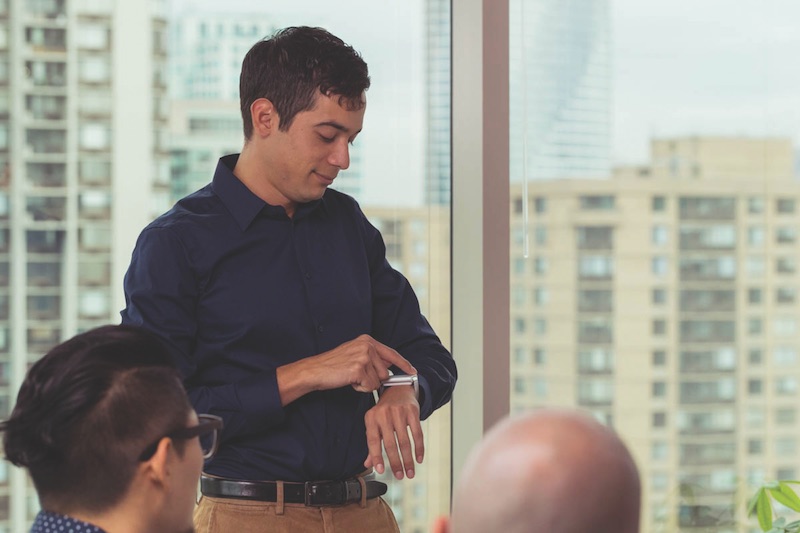 Photo: Embr Labs.
Photo: Embr Labs.
Founded at MIT, the Embr Wave uses a cooling and warming thermoelectric module to help a user feel more comfortable. The temperature is controlled via a light bar located on a nickel-free anodized aluminum body.
Say a user is feeling a bit on the warm side. All they need to do is press the left side of the Embr Wave, and a cooling sensation will begin to spread across their wrist. As the Embr Wave is cooling, the aluminum heat sink warms up to dissipate heat. Press the right side and the Embr Wave will turn up the heat to warm a cold user. Because the device uses conduction heating and cooling, it can be more efficient, precise, and immediate than traditional air-conditioning or heaters.
EYP Architecture and Engineering recently equipped some of its employees with the Embr Wave and embarked on a five-week pilot study to collect product feedback and data. Nearly three-quarters (72%) of the participants said they felt more in control of their own thermal comfort while using the Embr Wave. Factors such as environmental space metrics, temperature, humidity, and other thermal data were collected and analyzed against participant surveys throughout the duration of the study.
 Photo: Embr Labs.
Photo: Embr Labs.
EYP’s main goals of the study were to discover if the Embr Wave could improve human comfort, fuel productivity, and present opportunities to conserve officewide energy consumption. With the vast majority of participants saying they felt more in control of their own thermal comfort while wearing the device, EYP believes there is a potential opportunity to incorporate personal comfort devices, such as the Embr Wave, in building design planning.
EYP's participation in this study showcases how many architecture and design firms are taking an interest in their buildings long after construction has been completed in order to gain insight into how to plan more comfortable, energy-efficient, and sustainable spaces in the future.
Related Stories
Sustainability | Feb 20, 2019
Studio NAB’s Superfarm project creates an entire ecosystem in an urban environment
The Superfarm will go beyond what vertical farms typically produce.
Great Solutions | Feb 7, 2019
An apiary for the sanctuary
A Seattle events venue, The Sanctuary, has a roof that is literally a hive of sustainability.
Great Solutions | Jan 2, 2019
Net zero construction trailer brings health and wellness to the jobsite
As AEC firms scramble to upgrade their offices to maximize occupant wellness and productivity, Pepper Construction asks, What about the jobsite office?
Great Solutions | Dec 12, 2018
A modular, scalable mobile hospital can quickly respond to natural disasters and crises
CallisonRTKL’s design combines artificial intelligence, electric vehicle technology, and the latest in medical equipment.
Great Solutions | Nov 8, 2018
Public canopy system can be reconfigured by drones on the fly
The installation combines cyber-physical building materials constructed from lightweight carbon fiber filament with a collection of autonomous drones.
Great Solutions | Sep 28, 2018
When pigs fly? How about when cows float?
Merwehaven Harbor in Rotterdam will be home to the world’s first floating farm.
Great Solutions | Sep 17, 2018
Curtain walls go circadian
Catering to our natural circadian rhythm is a task designers are taking to heart.
Great Solutions | Aug 8, 2018
Warehouses rise up to serve downtown
Multistory industrial buildings provide the best chance at keeping up with the rapid growth of e-commerce in North America.
Great Solutions | Jul 13, 2018
Fungus may be the key to colonizing mars
A Cleveland-based architect and a NASA Ames researcher have a novel idea for building on Mars.
Great Solutions | May 14, 2018
It’s not Ripley’s loader, but this industrial exoskeleton makes physical labor a breeze
SuitX modules can be used separately or combined to form a full-body exoskeleton.



